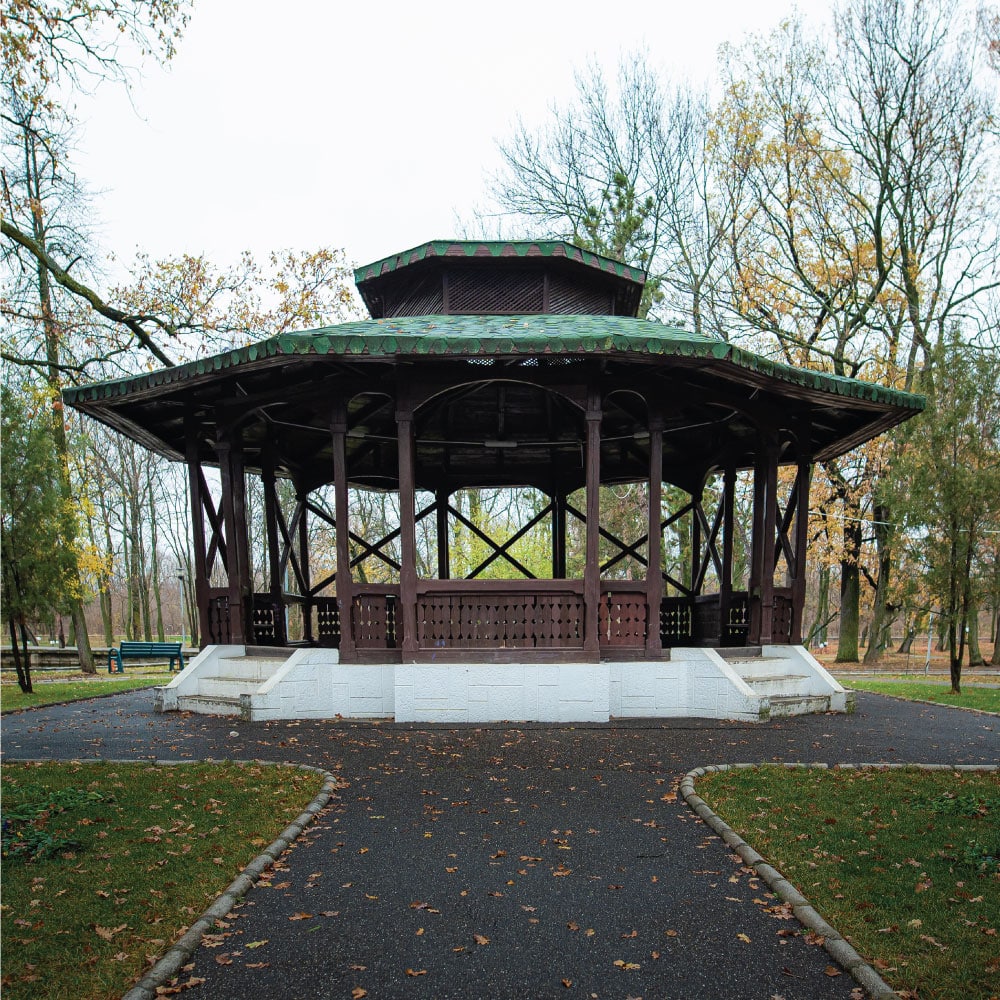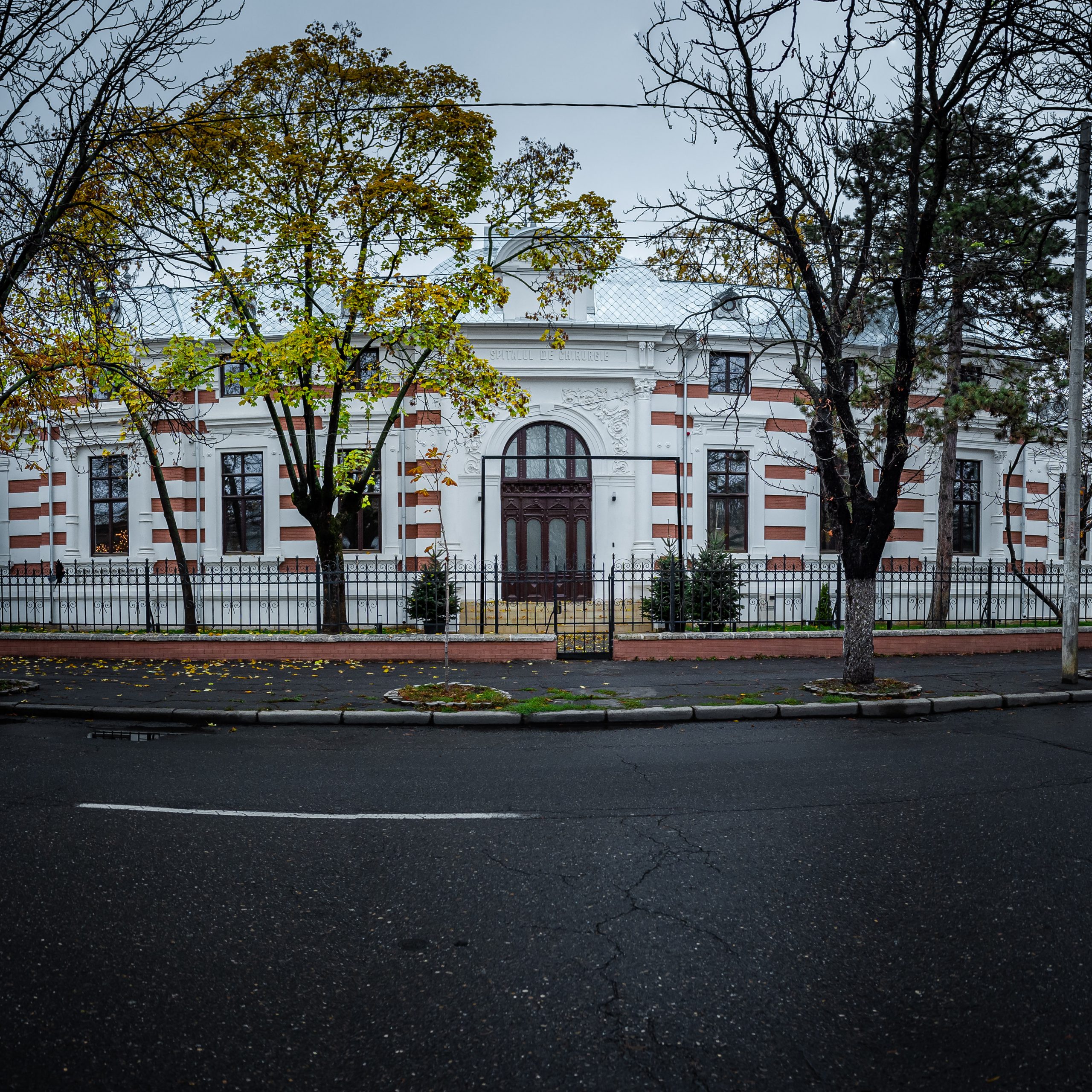
Crâng Fanfare Pavilion
November 7, 2022
Ion C. Brătianu Former Hospital
November 7, 2022English
VERGU-MĂNĂILĂ HOUSE
The extensive process of feudalization of the city of Buzău focused the entire economic and social life of the region, which led to the establishment, within it, of wealthy families who will soon obtain dignities in the local administration. The Mănăilă family, originally from Bălişoara (today Budişteni, village of Costeşti commune, 10 kilometers southwest of Buzău) is documented in the exchange of goods with Braşov in the period 1544-1554, in the second half of the following century. A member of Mănăilă family, the son of Stoian, captain of Buzău, became a great court victualler, a trusted man of Constantin Brâncoveanu, who entrusted him with positions of great responsibility. One of his nieces, Maria, married lord steward Mihail Mincu, the one who founded the Gârlaşi Church. Arriving in a rather difficult financial situation after the death of her first husband, Maria Minculeasa remarried to the rich man Nicolae Vergu in 1779. He brought 3500 thalers to the marriage, money with which they built the houses in Buzău market. Through a diată (will), drawn up in 1794, Maria Minculeasa left these houses to her husband, with all the furniture, bedding and silverware. That document is considered the first to certify this house, probably built a little earlier than the date of the will, around 1780. Maria Minculeasa founded, in 1792, Gârlaşi Hospital, the third in the country, after Colțea (1702) and Pantelimon (1750) hospitals. Vergu-Mănăilă House continues to belong to the family, in a spiral of successive inheritances and marriages, at the beginning of the past century being in the property of Ion Mănăilă. In 1948, the building was nationalized. As a whole, the rectangular building, almost two hundred years old, was designed and built in the style of popular Romanian architecture, able to satisfy the shelter requirements and some more exquisite taste of the urban society. The building has a high ground floor, with a large cellar, it was restored between 1972-1975 and since then it houses the collection of ethnography and folk art of Buzău County Museum. The thematic structure of the permanent exhibition presents the fundamental occupations (agriculture and animal husbandry), secondary occupations (viticulture, sericulture, fishing, hunting), domestic occupations (food, textile fiber processing, clothing making), and traditional folk crafts (fabric finishing, pottery, wood working, stonework). The exhibition space also includes a room in which the interior of a large house (the clean house) from Bisoca area is reconstructed and two rooms in which the folk costume is presented, both structurally (cut, ornamentation, chromatic, by categorical types) and men and female costume, specific to the ethnographic subzones of Buzău. The house preserves numerous elements of popular architecture specific to the curvature area, where the free peasants played a special role in the affirmation of the national being, and it represents, together with the valuable collection it houses, an important point of attraction on the tourist map of Buzău, highlighting an extremely rich architectural and ethnographic treasure, which deserves to be known and appreciated. Vergu-Mănăilă House is registered on the List of Historical Monuments under the title House, today the Ethnography and Folk Art Collection of Buzău Museum (BZ-II-m-A-02350).




